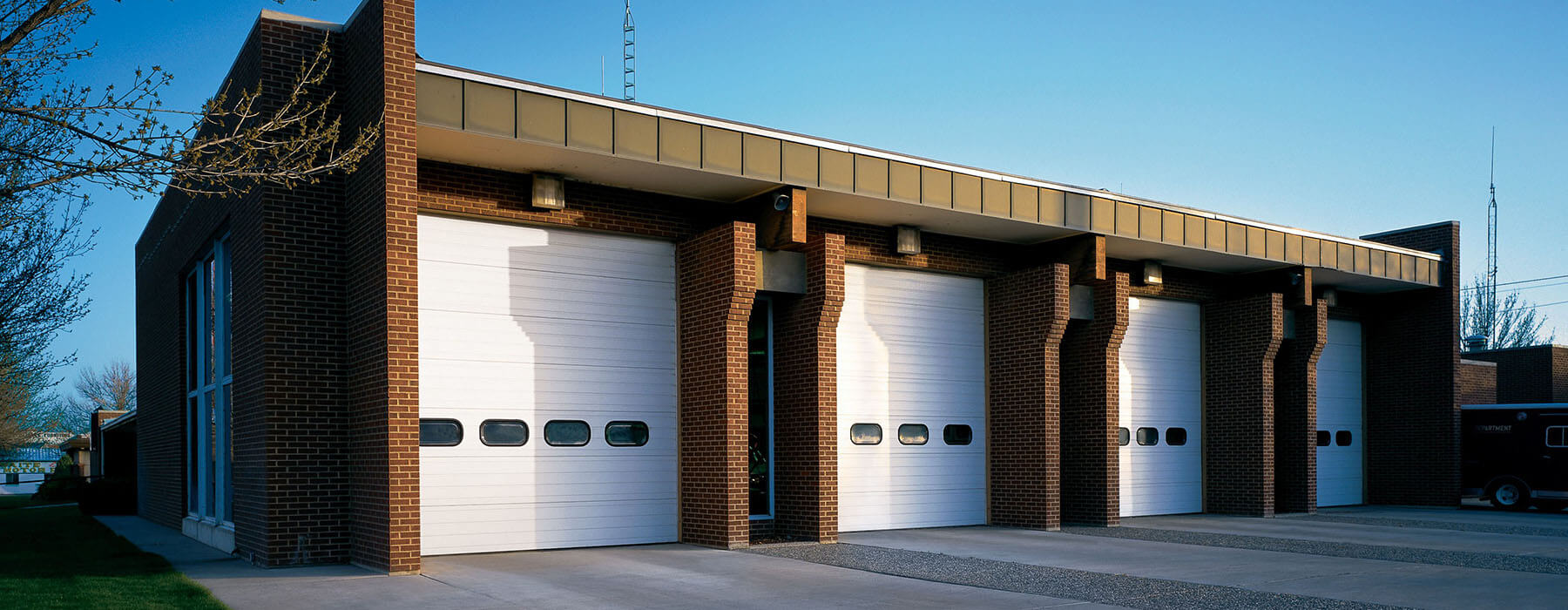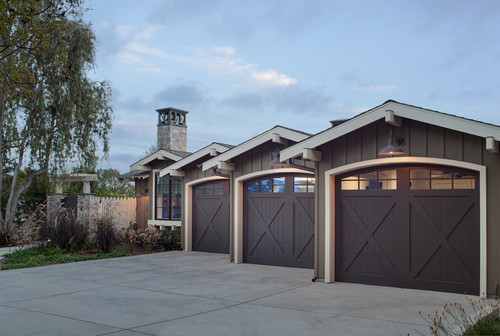If you've been following our blog a while (thank you, by the way), you know how that Overhead Door of Sioux City and Overhead Door of Yankton are committed to safety and performance. The only thing we love more than a good-looking garage door is one that runs smoothly, safely, and quietly.
By now you know (or will) that your garage door is the largest moving object in your home. It is over 300 pounds of finely tuned, perfectly balanced engineering under high tension. Keeping it working properly is one of the most important things you as a homeowner can do, this fall and every month of the year.
Below is a truncated list originally provided by the International Door Association, an organization with the mission to enhance the value, service, and safety of residential and commercial garage doors. Note: While nearly every homeowner can easily perform these garage door inspections, if you are not comfortable performing these tasks, please make sure they are performed by a trained garage technician.
The Fall Garage Door Safety Checklist.
Before you begin, it's a good idea to inform everyone in your household of what you are doing. Let them know you are checking all the garage door components and for them to stay away from the garage and its openers until you are done.
- The Visual Inspection: Standing inside the garage with the garage door closed, look over the garage door springs, cables, rollers, and pulleys for signs of wear, fraying, and damage. Also inspect the mounting hardware, which includes the hinges, for missing or loose bolts.
- The Heavy Lifting: If your door is equipped with an automatic opener, close the door and disconnect it. At this point, you should be able to lift the door manually; it should lift easily and smoothly with little resistance. It should remain fully open naturally. If it is difficult to open or closes on its own, the door may have a balance issue. Contact a trained service technician.
- The Reversing Mechanism Test: If your garage was manufactured after January 1, 1993, and chances are it was, your automatic garage door has a reversing mechanism as well as a photo sensor to avoid entrapment. (If your system does not have these features, a full replacement of your automatic operating system is recommended). Here's how the IDA recommends you make sure your garage door's reversing mechanism is operating safely:
- With the door fully open, position a wooden 2 x 4 (or something similar) on the floor in the center of the garage door opening where the door would come into contact with the floor.
- Push the button on your automatic garage door to close the garage.
- When the door lands on the wood, the door should automatically reverse.
- If the door does not automatically reverse, the door should be serviced by a trained service technician.
- The Photo Eye Test: Like the reverse mechanism, the photo eye, located near the base of the track on either side of the garage door, was a required addition to all automatic garage door openers built after 1992. (If your garage door doesn't have one, it's time for a replacement). Here's how to make sure your photo eye is seeing what it needs to:
- With the door fully open, push your garage door opener’s transmitter to close the door.
- Wave a long object, such as a broomstick or a golf club, in front of one of the door’s photo eyes so it “breaks the beam.”
- The door should reverse almost immediately.
- If it does not reverse and reopen, pull the broomstick out of the path of the closing door and let it close. While it is shut, clean the photo eyes with a soft, dry cloth. Gently adjust the photo eyes by hand to ensure their proper alignment.
- Open the door and repeat the photo eye test. If the door does not reverse and reopen, the door should be serviced by a trained service technician.
- The Force Setting Test: Now's the time to flex a little muscle. With the door fully open, push your garage door opener’s transmitter or wall button to close the door. As the door is closing, put your outstretched hands beneath the bottom of the door and lightly resist its descent. The door should reverse immediately; if it doesn't, pull your hands away and call someone from Overhead Door. A door that continues to close after receiving Resistance has excessive closing force and is not operating safely.
- Semi-annual lubrication. Apply a small amount of spray lubricant (make sure the lubricant is specifically designed for garage doors!) to the door’s hinges, rollers and tracks.





